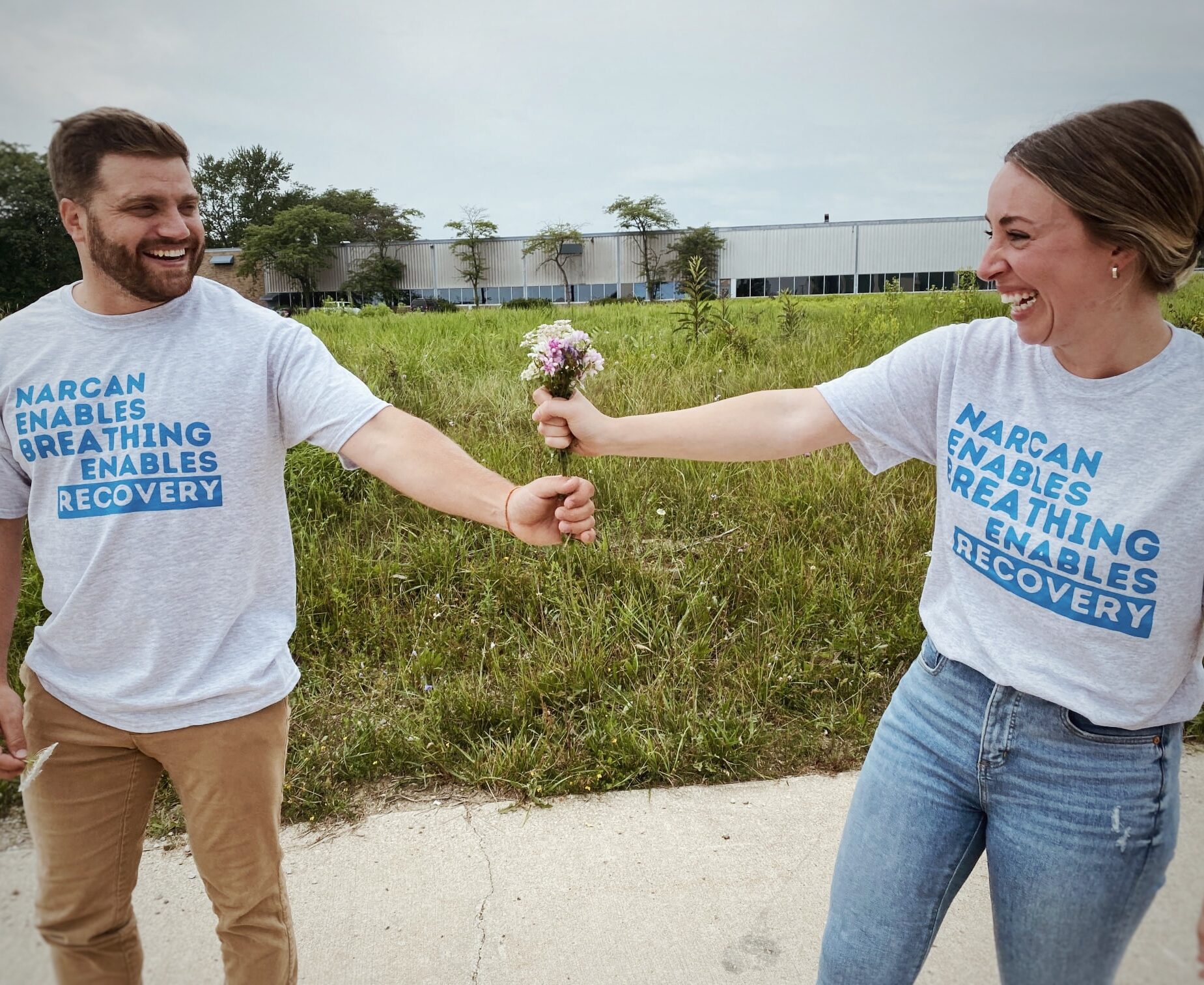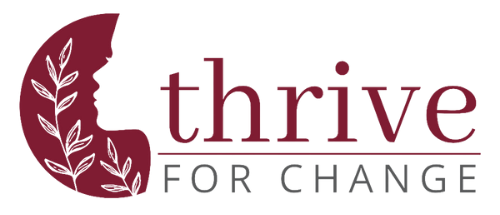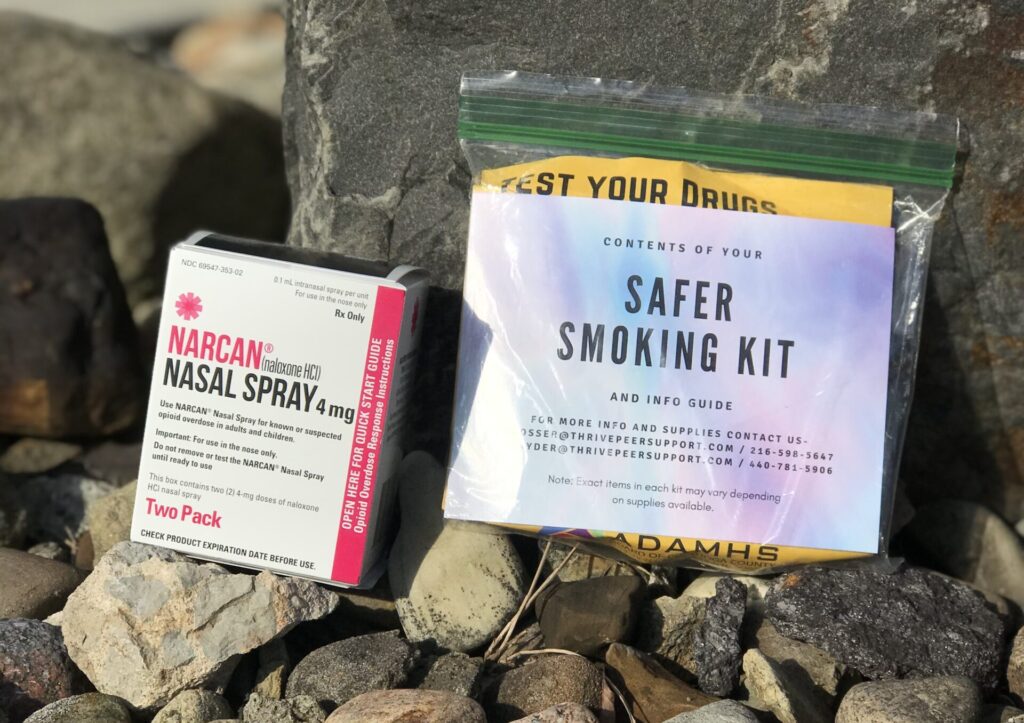Why We Do It
Our Mission
Our mission is to promote health, hope, and healing for individuals at risk of overdose & their loved ones through education, collaboration, advocacy, and direct service.
Our Vision
Our vision is a world free from drug overdose fatalities, where people who use drugs have equal access to basic needs and are empowered to advocate for themselves.
Values
Operating with the “nothing about us without us” mentality, we strive to have those who have lived experience with behavioral health concerns engaged in all aspects of the organization. We provide employment and growth opportunities for those in recovery to find purpose and serve others.
Acknowledging that diversity is an asset, we embrace, respect, and appreciate differences in age, gender, ethnicity, education, physical abilities, race, and religion among individuals within our team, partners, and those we serve
We want to provide our team and volunteers with an organizational environment that is in line with their purpose and values, allowing them to be intrinsically motivated to do excellent, meaningful work.
Honoring our funders and partners, we are committed to producing outcomes that show a return on investment in the community.
Believing that the problems we are working to solve are community issues, we strive to work as a team internally and with outside organizations towards the greater good, fighting against the competition that often exists in the nonprofit sector.


